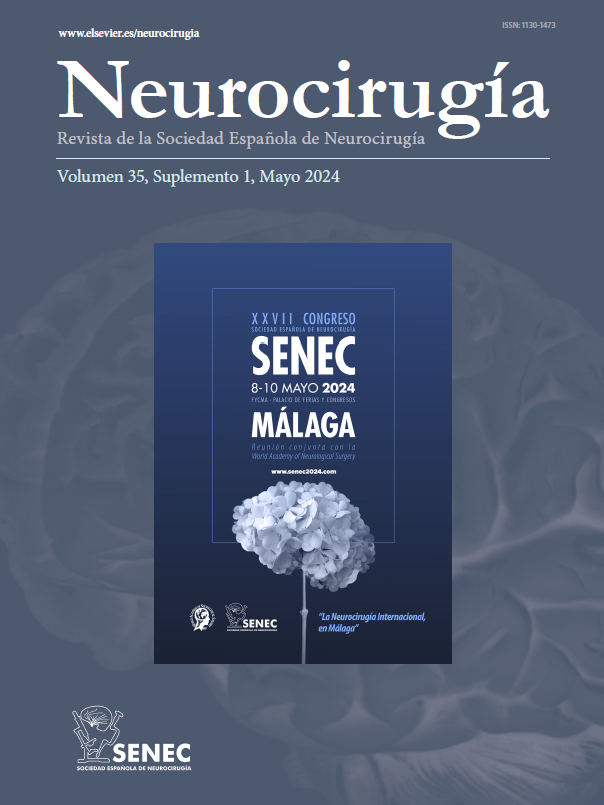O-010 - ENDOSCOPIC TRANSORBITAL INFERIOR APPROACHES: CADAVERIC STUDY AND PROPOSED CLASSIFICATION OF THE SURGICAL CORRIDORS
1Hospital Universitario La Fe, Valencia, Spain; 2Clínica Rotger, Palma de Mallorca, Spain.
Introduction: The development of transorbital neuroendoscopic surgery (TONES) has been an important addition to the armamentarium of skull base surgery in recent years. The infraorbital window of this approach allows access to the inferior orbital fissure (IOF), pterygopalatine fossa (PPF), infratemporal fossa (ITF), temporal fossa (TF) and middle cranial fossa (MCF). However, there is no detailed description of the corridors that make up this approach.
Objectives: To study the surgical anatomy of the TONES infraorbital approach and to systematize the possible corridors it offers.
Methods: We performed the dissection of 6 cadaveric specimens (12 sides) with infraorbital TONES approaches, using standard neuroendoscopic skull base surgery instruments. The detailed description of the boundaries, measurements, surgical anatomy and intraoperative references of each of the identified corridors and their combinations are provided.
Results: Three possible corridors are identified through the infraorbital TONES approach. The most lateral one, which we named the lateral corridor (average diameter of orbitotomy: 15.2 mm), is located between the orbital process of the zygomatic bone and the zygomaticomaxillary suture and allows access to the TF. Next, the intermediate corridor (average extent of orbitotomy: 7 × 13.5 mm), located between the zygomaticomaxillary suture and the infraorbital canal, provides access to the lateral wall of the maxillary sinus/ITF/foramen ovale (FO). Finally, the medial corridor (average extent of orbitotomy: 10 × 14.8 mm), located between the infraorbital canal and the anterior projection of the medial end of the IOF, gives access to the posterior wall of the maxillary sinus/PPF/foramen rotundum (FR)/Meckel’s cave (MC). None of these approaches required transection of the vidian nerve to access the MCF.
Conclusions: The infraorbital TONES approach can be subdivided into three distinct and combinable corridors that allow selective access to the various compartments of the anterolateral skull base.







